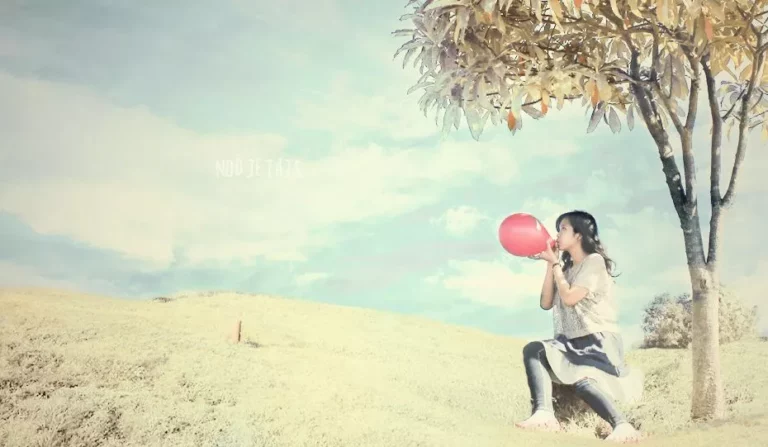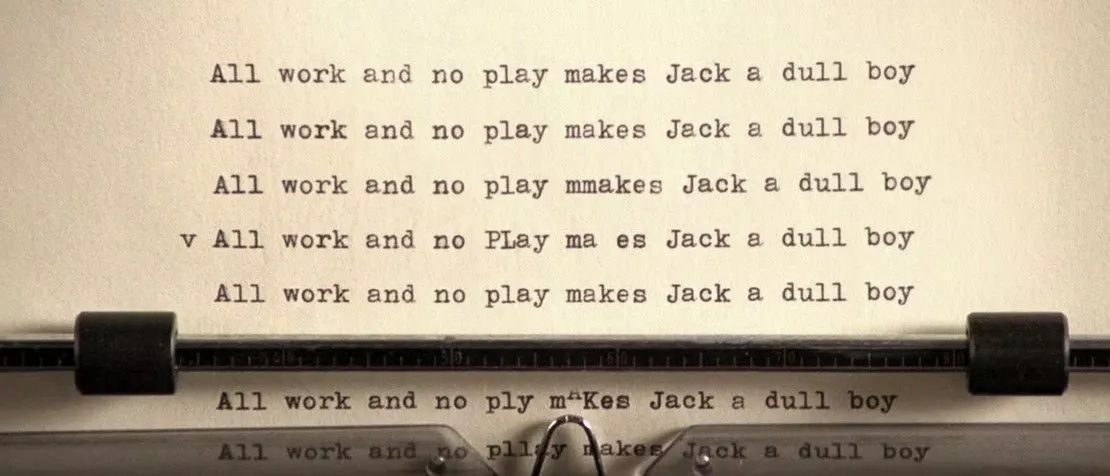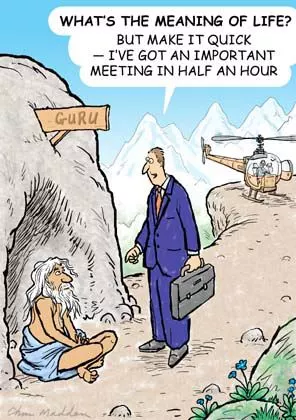“Because one believes in oneself one doesn’t try to convince others. Because one is content with oneself one doesn’t need others approval. Because one accepts oneself the whole world accepts him or her.” ~ Lao Tzu
So we’ve all been guilty time and again of seeking approval and validation from other people. In fact, a huge part of our adolescent and young adult years centers around not only trying to form an identity of who we are and what we stand for, but also determining if our sense of self is accepted by the people in our lives.
Over time, if the need to get other people’s approval grows disproportionate to seeking our own approval first and foremost, we begin to be at the mercy of others. We suddenly begin to need others to give us the permission to be ourselves and that is always a recipe for disaster.
Anytime we deny our own wants, needs, aspirations, and emotions to please or live up to other people’s expectations we send messages of abandonment to our inner child.
What we are basically telling our inner child is, “You, yourself are not good enough… unless you can get the validation from other people. So as long as you can meet other people’s approval requirements you can be worthy of love.”
If we can imagine a real life child being told this over and over, we can get an idea of what a complex this child would begin to form over time about their own unworthiness.
“People who want the most approval get the least and people who need approval the least get the most.” ~ Wayne Dyer
At the end of the day, we must be the ones who determines our own worthiness. When we become the one who accepts and loves our self more than anyone, we find that gaining the approval of others is no longer an issue that we struggle with.
Below are 5 reasons you should stop seeking other people’s approval:
1) You’ll never meet their expectations, and that’s ok
Ok, so sometimes you will. Sometimes you will be the most amazing friend, parent, spouse, employee, and sometimes you won’t. There are always going to be instances in life where your idea of what is “right” does not match up with someone else’s idea and that is not only ok, but a perfect opportunity to grow.
Thes e are the circumstances that life gives us that allow us to find empathy for others, to put ourselves in their shoes or to explain our point of view to another so that they might learn something as well.
e are the circumstances that life gives us that allow us to find empathy for others, to put ourselves in their shoes or to explain our point of view to another so that they might learn something as well.
There will never be anyone that we agree with or meet their approval 100% of the time, and if we know this, we stop putting undue pressure on ourselves to live up to another person’s image of us.
2) You’ll make genuine connections with other people
If we are constantly changing who we are in order to gain the approval of others we don’t give other people the chance to get to know the real us. Not to mention, most people catch on after a while if you begin to change your behavior, point of view, or opinion on things that are more “acceptable” and similar to theirs.
And while it may be flattering at first to find someone that wants your approval so much that they are willing to change who they are, but that will soon fizzle out.
Genuine people want genuine connections with others, not people who will just tell them what they want to hear in order to get their validation. The best route is to always be ourselves even if who we are might ruffle another person’s feathers every once in a while.
People will respect someone who is confident in their own truth, even if they don’t necessarily agree with it.
3) We will get to know ourselves better
A huge part of maturing into a self-aware person is discovering who we are, why we are that way, and why we do the things we do. These discoveries often come wrapped in the disapproval of others.
Think about it, when someone does not agree or give us their approval of who we are (or who they think we are), it gives us a chance to reflect on ourselves, our behavior or our emotions. Soon, a more intimate relationship with our own hearts is formed which allows us to be more confident in our being regardless of whether or not someone else approves.
“You don’t need anyone’s affection or approval in order to be good enough. When someone rejects or abandons or judges you, it isn’t actually about you. It’s about them and their own insecurities, limitations and needs and you don’t have to internalize that. Your worth isn’t contingent upon other people’s acceptance of you–it’s something inherent. You exist, and therefore you matter. You’re allowed to voice your thoughts and feelings. You’re allowed to assert your needs and take up space. You’re allowed to hold on to the truth that who you are is exactly enough. And you’re allowed to remove anyone from your life who makes you feel otherwise.” ~ Danielle Koepke
 4) We will feel liberated
4) We will feel liberated
To constantly be worried about what other people think about us and about living up to other people’s standards is to live in constant fear of, “Am I good enough?”
However, when we start to realize that people don’t see us how we are but rather see us how they are, we stop the exhausting effort of trying to get other people to see us in a certain way.
And this leads to a freedom that is priceless. True power lies in the hands of the person who only seek to be their most authentic self regardless of what other people think.
5) You can only be a first rate version of you
Every one of us is completely unique and there is a reason for our existence. When we abandon our true selves to meet other people’s expectations we deny the world something very special…us.
So much time has been wasted trying to be like others only to realize that no one of us was put here to be exactly like what other people or society say we “should” be. By only looking for our own acceptance we become the best us that we can possibly be, and that’s all anyone could really ask of us.
Ironically, the less we require other people’s acceptance of us, the more we will find ourselves around people who give it to us naturally. As our own acceptance of ourselves rises, we naturally move towards relationships where we are treated as good if not better than we treat our own selves.
And this helps us to form lasting and healthy relationships with others, which is truly the mark of a person who is rooted in unconditional love.
Image Source

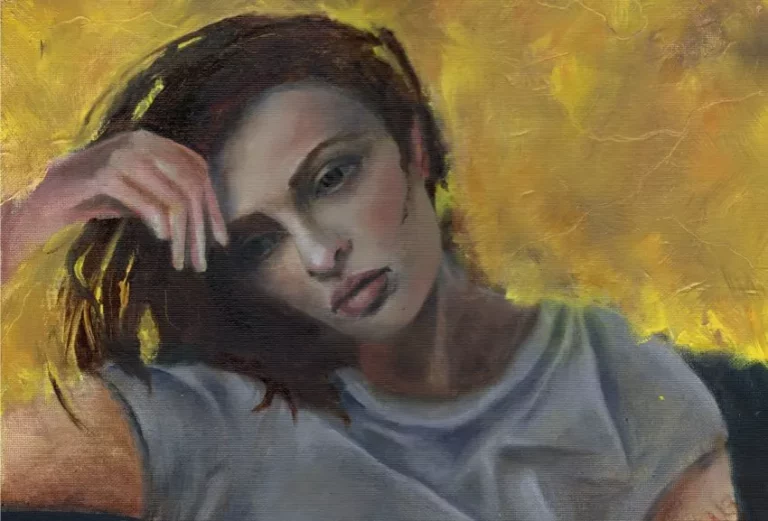








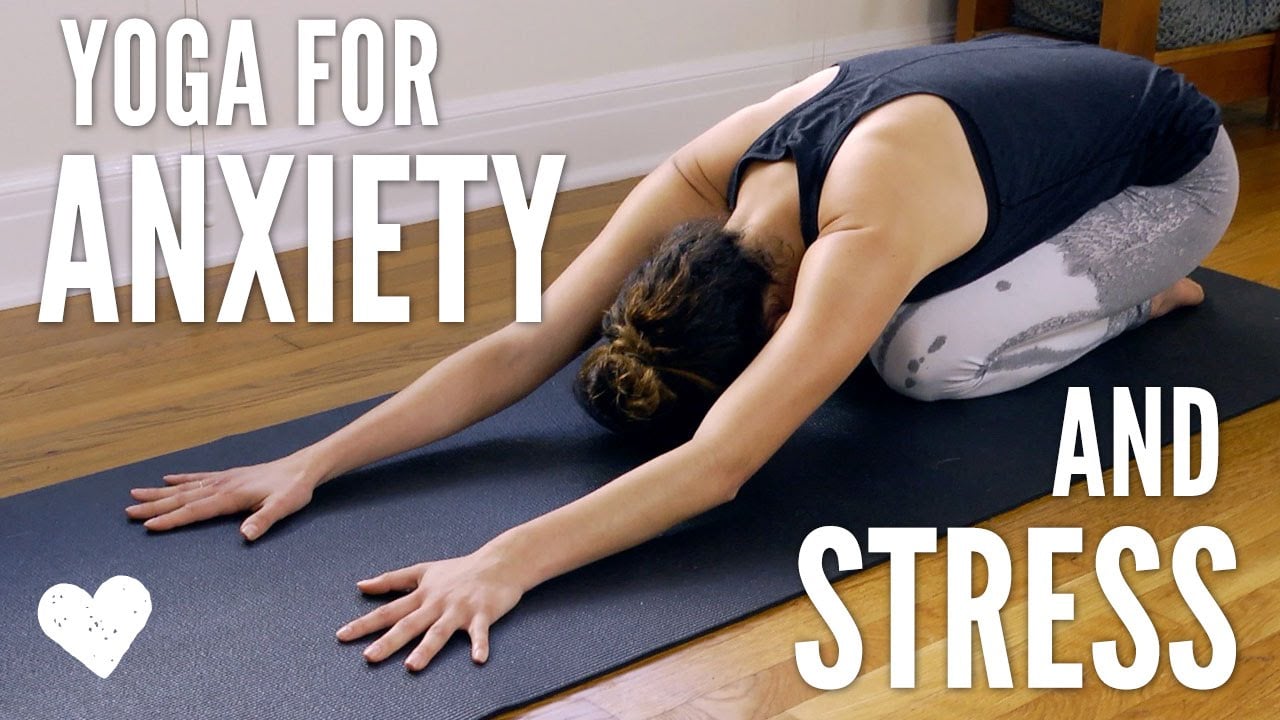

 You don’t have to do a one-handed handstand while balancing Yoda on one foot and lifting R2D2 and a bunch of rocks with the Force in order to enjoy the awesome benefits of meditation.
You don’t have to do a one-handed handstand while balancing Yoda on one foot and lifting R2D2 and a bunch of rocks with the Force in order to enjoy the awesome benefits of meditation. So what does the Force (Nature) have to teach us? The first thing it teaches us is that everything is connected, from the tiniest quark to the largest quasar. Everything from Han Solo’s left eyebrow to Jabba the Hutt’s slimy tongue is made from the carbon once cooked in a star.
So what does the Force (Nature) have to teach us? The first thing it teaches us is that everything is connected, from the tiniest quark to the largest quasar. Everything from Han Solo’s left eyebrow to Jabba the Hutt’s slimy tongue is made from the carbon once cooked in a star. Freedom is the battle cry of all sacred warriors, including Jedi. And nothing makes people more free than when what they need for their survival is also free. Air is free, though the Empire and its ignorant citizens are poisoning it to cataclysmic ends.
Freedom is the battle cry of all sacred warriors, including Jedi. And nothing makes people more free than when what they need for their survival is also free. Air is free, though the Empire and its ignorant citizens are poisoning it to cataclysmic ends.
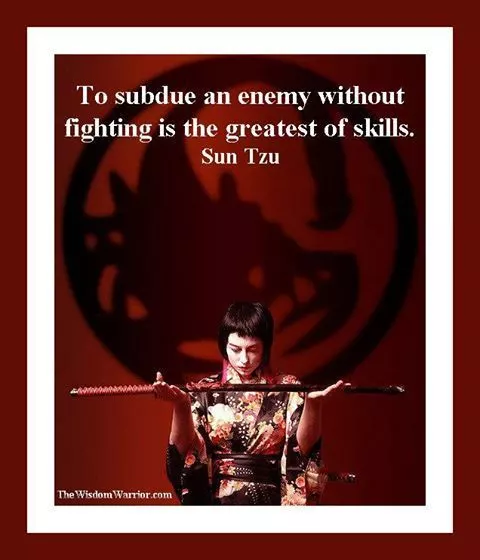 If, as Yoda said, “Fear leads to anger. Anger leads to hate. Hate leads to suffering,” then it behooves us to not have fear at the foundation of our apprenticeship. And the best way to do that is to practice
If, as Yoda said, “Fear leads to anger. Anger leads to hate. Hate leads to suffering,” then it behooves us to not have fear at the foundation of our apprenticeship. And the best way to do that is to practice 